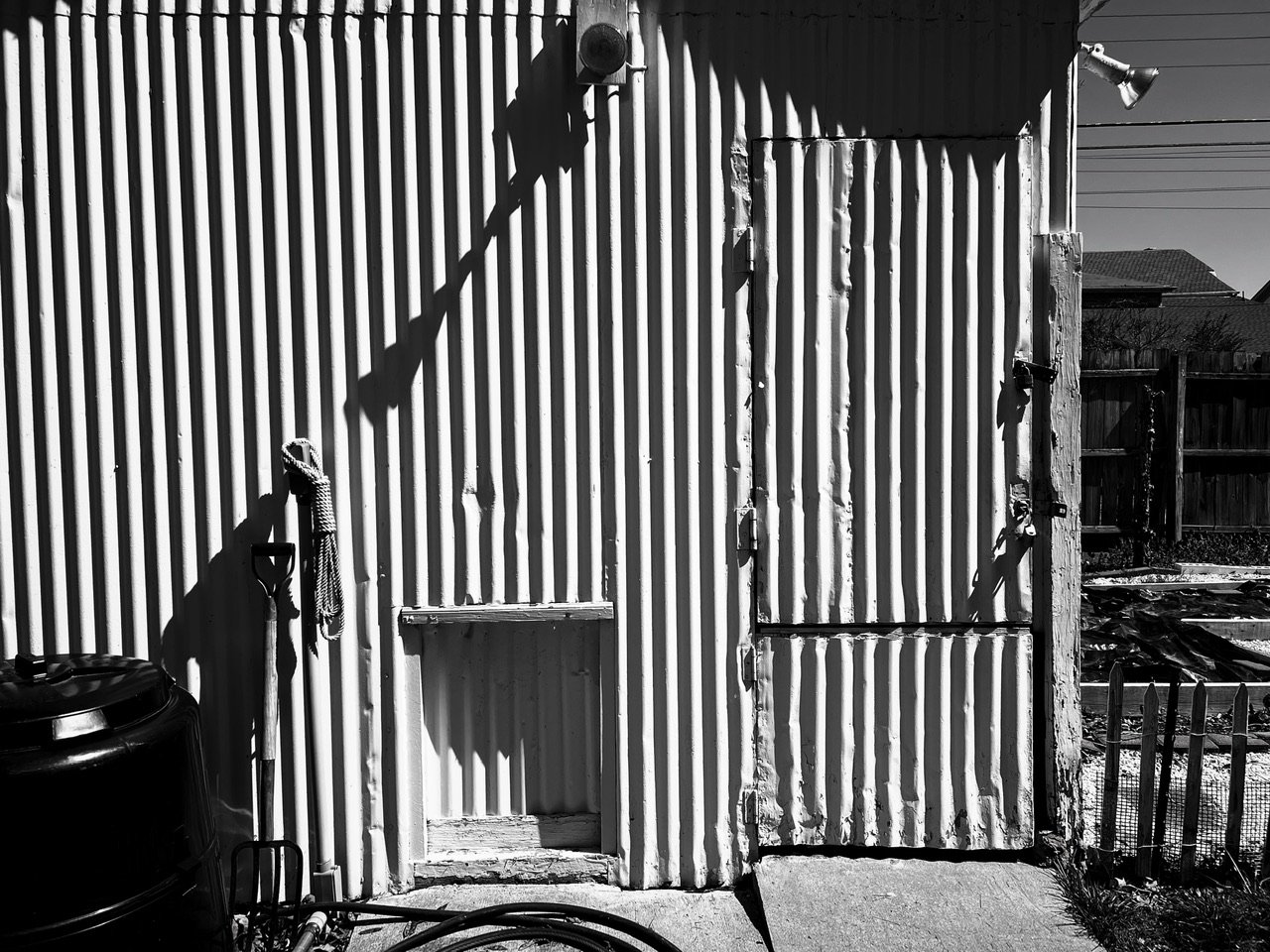Good morning, RVA! It's 44 °F, and we did it! Today’s highs will settle in somewhere around the mid 60s, and then, for the next four days, we’ll have highs in the 70s. While we’re still a couple of weeks away from a safe last-frost date, I think I’m mentally declaring victory on winter and officially moving on to spring.
Water cooler
I’ve written a lot about the chaotic laundry list of Council-proposed amendments to Richmond 300 (which, fingers crossed, seems to have died a fiery death at this week’s Planning Commission meeting). One change that escaped that list and made it into its own, separate amendment is a recommendation to set aside some time and space in the master plan for our public housing neighborhoods. They’re called “priority neighborhoods” in a new proposed chapter of Richmond 300 and include Gilpin, Creighton, Fairfield, Mosby, Whitcomb, Hillside, Blackwell, and Highland Grove. The first six on that list are existing public housing neighborhoods and the last two stand on the sites of former public housing, now redeveloped to varying degrees of failure and success. This new chapter proposes a “priority neighborhood program” to, basically, create small area plans for each of these eight neighborhoods. It sounds like a lot of important and needed work that’ll require some very thoughtful and thorough community engagement (especially given all the other plans currently in the works). Definitely give the aforelinked PDF a read—it’s only 16 pages, and I think you’ll learn a lot about the past and present of Richmond’s public housing neighborhoods. If you’ve got thoughts and feelings, you can leave them on the document via this Konveio before April 15th.
A small update on Irvo Otieno’s death at the hands of Henrico County sheriff deputies: Whittney Evans at VPM reports that “a Dinwiddie grand jury indicted 10 people Tuesday afternoon in the death of a man last week at Central State Hospital while in police custody.“
The Richmond Times-Dispatch’s David Ress reports that the Governor has started the process of signing bills into law, beginning with 51 out of the stack of 819 that sit on his desk. According to Ress, “all were uncontroversial and have broad — often unanimous — bipartisan support.” So, not that exciting, but definitely the start of the process! The General Assembly will reconvene on April 12th to tackle Youngkin’s amendments and potential vetos, and, at some point, theoretically figure out this year’s budget.
Also from the RTD, Pulitzer Prize Winner Michael Paul Williams got ahold of some of the emails between Hanover County School Board members about the renaming of John M. Gandy Elementary. It’s a real bad look for the Board and details a group of folks looking to get even for the renaming of Lee-Davis High School. Gross and petty.
Axios Richmond’s Karri Peifer has a nice piece on the big president heads out by Williamsburg. I don’t know how I feel about the olde tyme spelling of “ruines,” but I do kind of love the idea of grabbing a beer surrounded by the decaying busts of dead presidents.
Cool job alert! Virginia Interfaith Power and Light is looking to hire a transportation outreach coordinator that will “assist with doing the good work of educating and recruiting faith leaders and congregations at the intersection of transportation, environmental justice, and climate change.” Once upon a time I did similar work, and I can say first hand that faith communities have a lot of power if they decide to advocate to elected representatives. You can read the full job description here and fill out the application here.
This morning's longread
Pedestrian Death Rate More Than 2x Higher in Historically Red-Lined Neighborhoods
I don’t think it’ll surprise anyone that the rate of pedestrian deaths is higher in historically red-lined neighborhoods, but here’s a whole academic study making that case. And it’s not just traffic violence that shortens the lives of folks living in these neighborhoods today—life expectancy, asthma, diabetes, high blood pressure, all kinds of things are worse in historically redlined neighborhoods. To learn more about the longstanding impacts of redlining on the health and safety of our communities, I really recommend digging in to this site from the University of Richmond which connects redlined neighborhoods to a set of specific measures of social vulnerability. It’ll blow your mind.
Communities that were red-lined in the 1930s are still experiencing more than twice the rate of pedestrian deaths today than more privileged neighborhoods — and we can’t achieve Vision Zero until we reckon with racist and classist policies that contribute to the disparity, a groundbreaking new study argues. In the first study ever to definitively “connect redlining to a transportation-related health outcome,” researchers found that census tracts once marked as “hazardous” or “grade D” by the Home Owners’ Loan Corporation experienced a pedestrian death rate of 2.6 per 100,000 people between 2010 and 2019, compared to a rate of just 1.1 during the same period for tracts marked grade “A” or “best.”
If you’d like to suggest a longread to show up here, go chip in a couple bucks on the ol’ Patreon.
Picture of the Day
Vertical lines.

